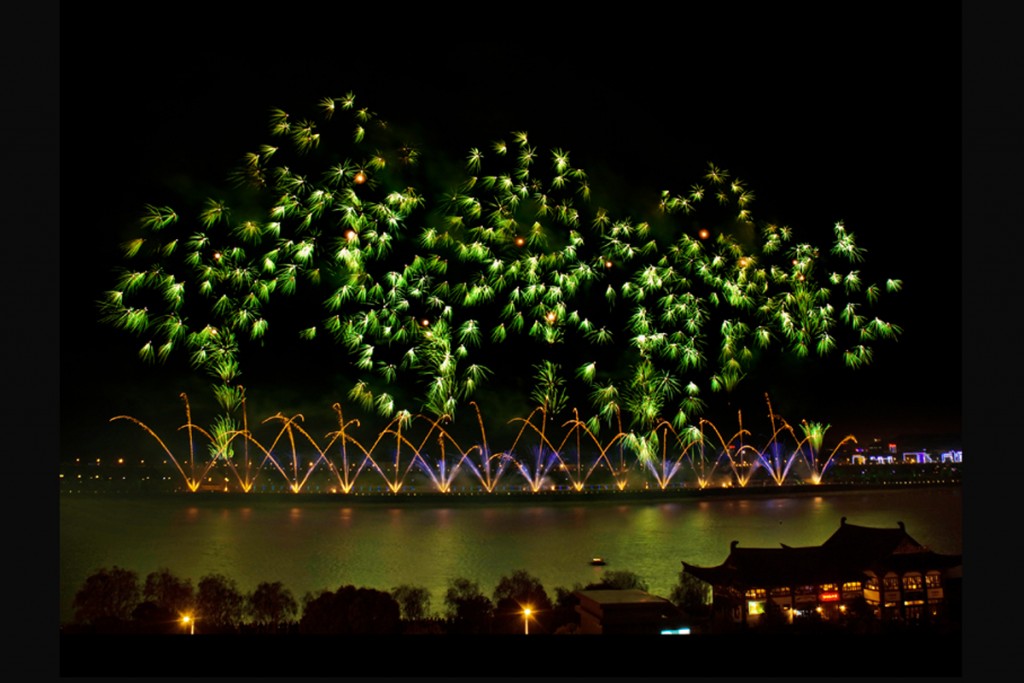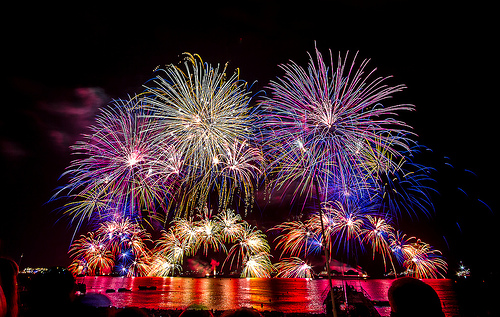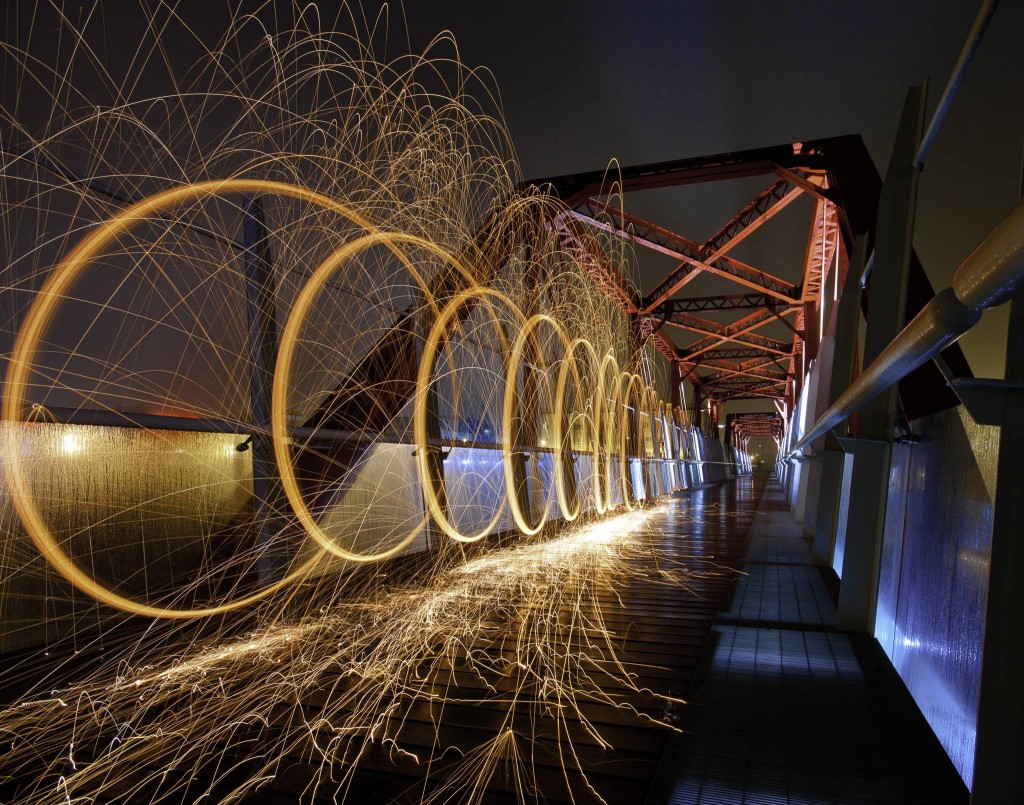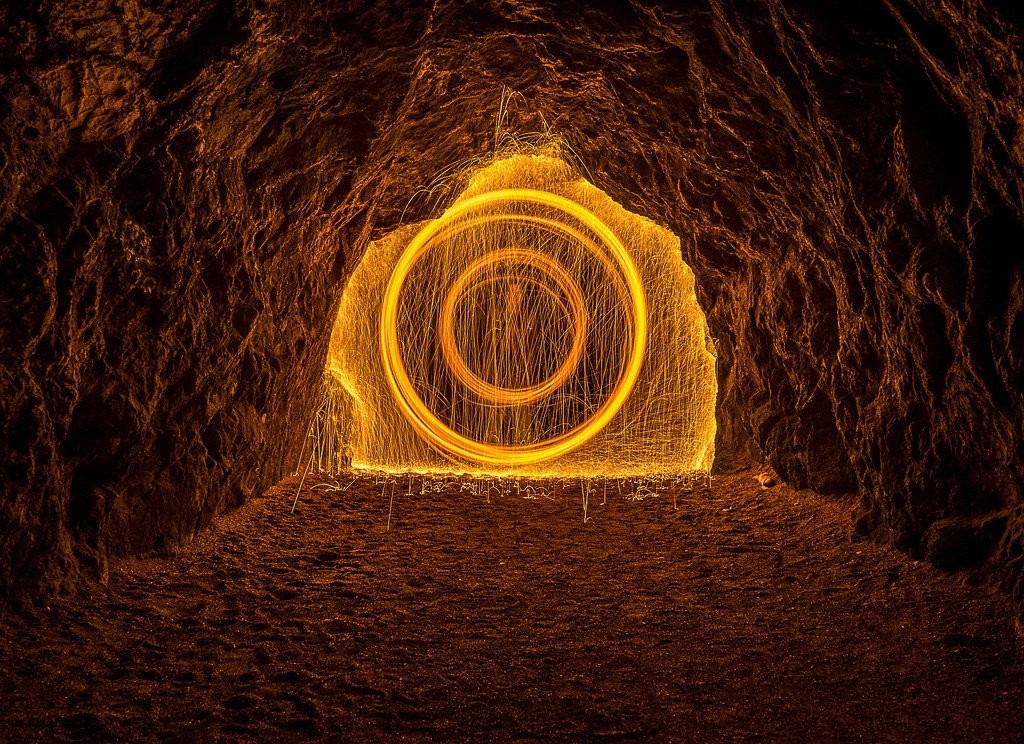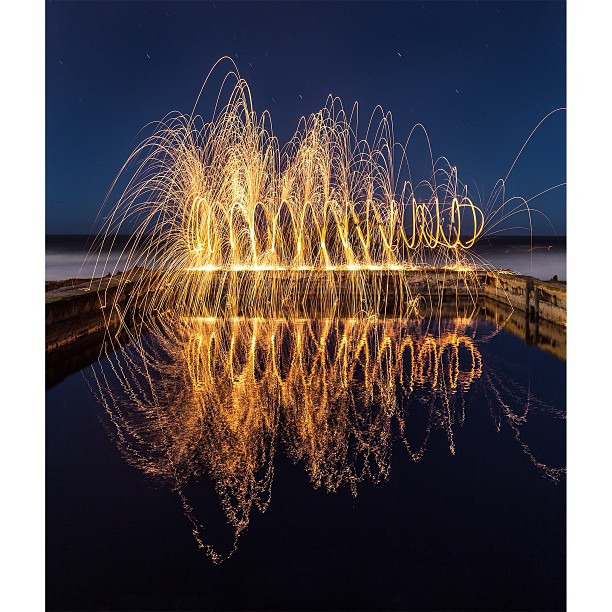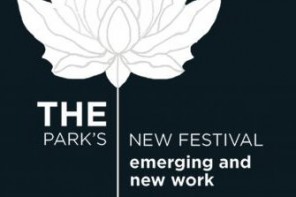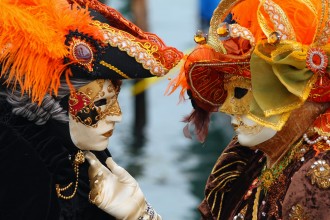Fire is viewed as a symbol of light, warmth, creation, protection and mortality. It is a symbol of rejuvenation, something that can cleanse and purify. Fire is linked to transformation and change, just like the bird of fire, the Phoenix, which after its death is reborn from the ashes of its predecessor.
While these are just a few images that burn through our archetypal arsenals, from ancient times to present, there is no denying that fire and its aura heat up our hearts, move our bodies, quicken our minds, and lift our spirits. While astrology exploits the hot, dry and ardent nature of fire to decide whether a person owns “fire rulership” or not, artillery uses fire to build munitions far beyond the range and power of the arms of infantry.
Akin to aforementioned fields, all through the centuries, art has also sought to harness the power of fire and continues to do so.
Today The Yellow Sparrow will take you for a sneak peek into two of the most mesmerizing art forms that use fire as their main ingredient.
1. Pyrotechnic Art
While science defines pyrotechnics as “the practice of using materials capable of undergoing self-contained and self-sustained exothermic chemical reactions for the production of heat, light smoke and/or sound”, all along pyrotechnical artists have taken quite a varied stand on the subject and have continually tried to bend and break its scientific definition to include its artistic prospective.
It is said that,
to paint or to make war, these are the two options available to men who master the use of explosives, shells, rockets, detonators and gunpowder. But the wise men choose the more noble option of the two. The pyrotechnical artists, as they are often called, prefer using the sky as their canvas rather than restricting themselves to a picture frame!
In simple terms, pyrotechnic art involves artists choreographing a firework display to music in an attempt to give the impression of dancing fireworks. The master alchemists of illumination practice this thousand-year-old art form using the ultimate innovations of our time, combining creativity, technology and high precision. The perfect destination for a pyrotechnic art “exhibition” has always been around water bodies. The reflection of the fireworks on the water and the soundscape that accompanies them transport the spectators to an enchanting world through a series of scenes, with their heads craned upwards.
Since 1998, Cannes Pyrotechnic Art Festival welcomes the world’s greatest pyrotechnists every year on 14, 21 and 29 July and 7, 15 and 24 August. The show, performed on a 400-metre sea front, is watched by approximately 200,000 spectators live every night, who gather along the Croisette, Cannes (France). Cannes Pyrotechnic Art Festival thus offers a multi-coloured, musical battle where six guest countries compete in one of the most famous international competitions of its kind, to try and win a Silver Vestal and then every four years, return to compete in the prestigious Gold Vestal. It’s no surprise that the festival has been tagged as a meeting of the gods of the world of fireworks.
Here are a few exhibits from the “pyrotechincal meetings”.
IMAGE COURTESY – RT, mysinchew, epicfireworks, france-voyage
2. STEEL WOOL SPINNING
Steel wool spinning involves stuffing a steel wool inside a whisk, setting it alight and whirling it around in a circular motion. The burning sparks of steel wool fly out and fall to the ground, creating bright orange trails of light. Spinning wool creates an uncanny juxtaposition between the Promethean fire of man and the natural environment.
The biggest challenge of this technique is finding a good location. Photographing can quickly become repetitive and clichéd if a good setting is not selected. Industrial settings prove to be sort of an ideal location for shooting the art. The aim is to juxtapose the images of combustion with former industrial settings, which were once hellish furnaces of coal coke and steel production. Using a defunct coal coke processing plant as the backdrop brings for a moment the memory of old days when fire was used as a tool and means of production. It really captures the viewer’s attention.
It is customary to shoot the “genesis of the artwork” at a shutter speed of around eight to fifteen seconds – there’s no harm in underexposing the background for dramatic effect. The filming is usually done around twilight to avoid it from being too bright. Moreover, the sparks would hardly show up in daylight.
Shooting while there is still a little light in the sky gives it a nice deep blue colour. Most artists use this technique at night and combine it with light (using either torchlight or portable flash) to build up an image or to capture star trails.
No matter what process is employed for shooting the spinning process, the real magic is in the fire. The idiosyncratic manner in which the sparks fly from the strands of afire steel wool is the soul of the entire process. The resulting images show dazzling bursts of light in otherwise darkened settings. The captivating and otherworldly illusions that the presence of fire creates provides solace to the viewer and a true taste of the power that this element holds.
We have compiled for you some of the masterpieces.
IMAGE COURTESY – mashable
These are just two of the gazillion possible ways in which fire can be leveraged to create startlingly artistic pieces of work. Not unlike the other three elements viz water, air and soil, fire too is astoundingly versatile. It burns and destroys, it resurrects and creates, forming the linking bridge between the mortals and the gods, everything is a song of fire.


